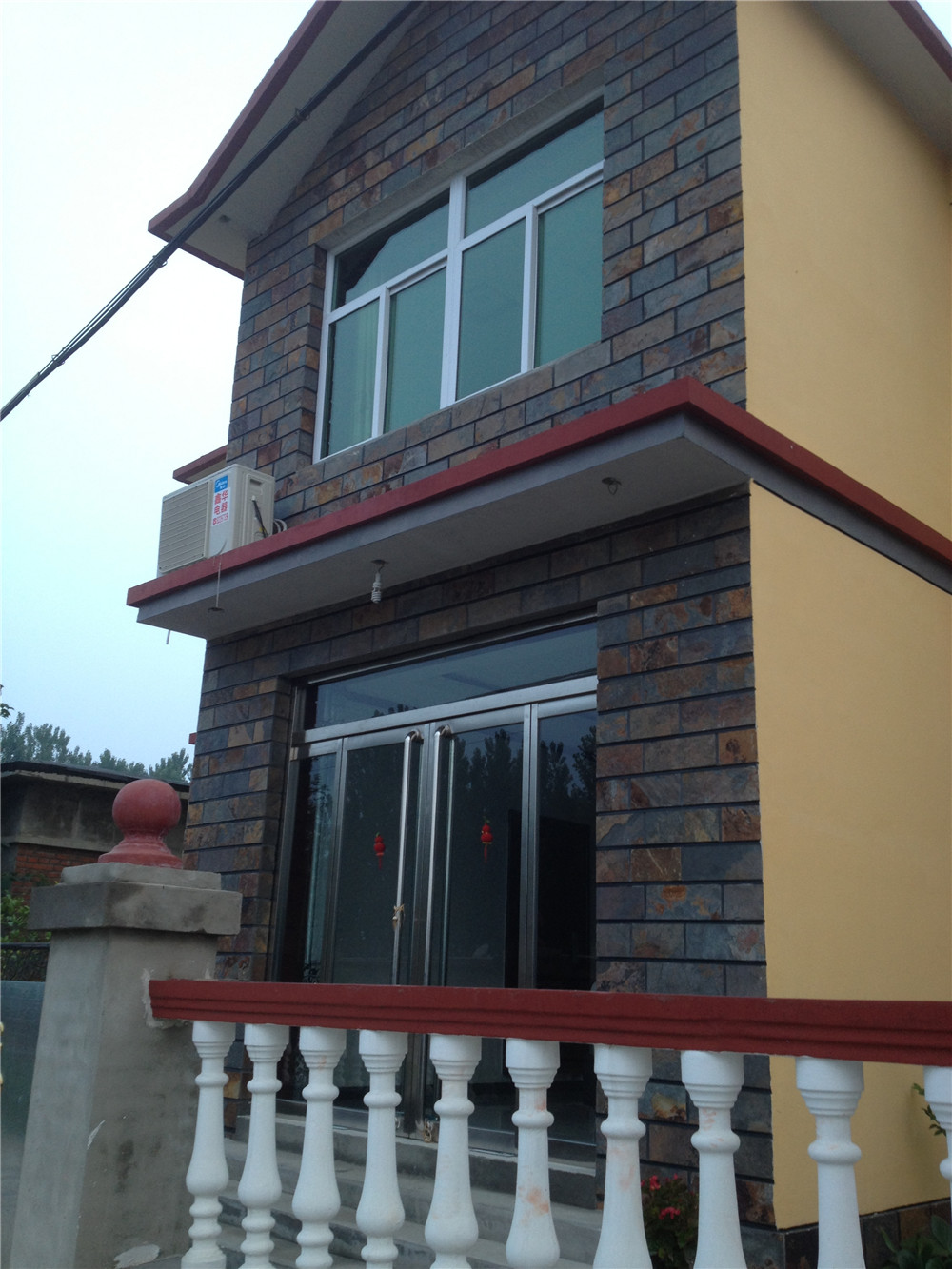Introduction:
In the world of architecture and design, the Mid-Century Modern style continues to captivate enthusiasts with its sleek lines, organic shapes, and innovative use of materials. One key element that defines this iconic design movement is the incorporation of cultured stone, which adds a touch of sophistication and charm to any space. In this article, we will delve into the history, characteristics, and enduring appeal of Mid-Century Modern cultured stone, exploring how it has become a symbol of timeless elegance in contemporary design.
The Origins of Mid-Century Modern Cultured Stone:
The Mid-Century Modern design movement emerged in the mid-20th century, primarily in the United States, and was influenced by a desire to create functional, minimalist, and aesthetically pleasing spaces. Architects and designers of this era sought to break away from the ornate and elaborate styles of the past, opting instead for clean lines, geometric shapes, and a focus on natural materials.
Cultured stone, also known as manufactured stone or faux stone, became a popular choice during this period due to its versatility, affordability, and ability to mimic the look of natural stone. Made from a blend of cement, aggregates, and pigments, cultured stone can be molded and shaped to replicate various types of stone, such as limestone, slate, or granite. This synthetic material offered designers the freedom to experiment with different textures and finishes, allowing them to create striking visual effects in their architectural compositions.
Characteristics of Mid-Century Modern Cultured Stone:
One of the defining characteristics of Mid-Century Modern cultured stone is its emphasis on simplicity and functionality. Unlike traditional stone masonry, which can be labor-intensive and costly, cultured stone provides a lightweight and cost-effective alternative that is easier to install and maintain. This made it an ideal choice for modernist architects who were looking to streamline the construction process and achieve a more uniform and consistent aesthetic.
In terms of design, Mid-Century Modern cultured stone often features clean, angular shapes and linear patterns that complement the overall minimalist aesthetic of the movement. Whether used as cladding for exterior facades, accent walls, or fireplace surrounds, cultured stone can lend a sense of warmth and texture to a space while maintaining a sense of visual cohesion and unity.
The color palette of Mid-Century Modern cultured stone is typically muted and understated, with shades of grey, beige, and taupe being commonly used to evoke a sense of natural beauty and tranquility. These neutral tones provide a versatile backdrop for other design elements, allowing for a harmonious blend of materials and textures within a modernist interior or exterior setting.
Enduring Appeal and Contemporary Applications:

Despite originating in the mid-20th century, Mid-Century Modern cultured stone continues to be a popular choice for designers and homeowners seeking to infuse their spaces with a touch of retro charm and sophistication. Its timeless appeal lies in its ability to bridge the gap between past and present, offering a sense of nostalgia while remaining relevant in today's design landscape.
In contemporary applications, Mid-Century Modern cultured stone can be found in a wide range of architectural styles, from mid-century ranch homes to modernist high-rises. Stepstone paver repair for lasting durability allows it to be used in both residential and commercial projects, adding character and visual interest to facades, interiors, and outdoor living spaces.
One of the key advantages of using cultured stone in a modern design context is its ability to create a sense of visual contrast and depth. By juxtaposing the sleek lines and smooth surfaces of contemporary furnishings with the textured and rustic qualities of cultured stone, designers can achieve a dynamic and engaging aesthetic that appeals to a wide range of tastes and sensibilities.
Furthermore, the durability and low maintenance requirements of cultured stone make it a practical choice for high-traffic areas such as entryways, patios, and feature walls. Unlike natural stone, which may require sealing and periodic upkeep, cultured stone is resistant to moisture, fading, and cracking, ensuring that it retains its beauty and integrity for years to come.
In conclusion, Mid-Century Modern cultured stone remains a timeless and versatile design element that continues to captivate and inspire designers and homeowners alike. Its unique blend of functionality, affordability, and aesthetic appeal makes it a valuable addition to any modern interior or exterior space, offering a glimpse into the rich history and enduring legacy of the Mid-Century Modern design movement. By embracing the elegance and sophistication of cultured stone, we can pay homage to the past while creating spaces that are both stylish and contemporary in their expression of beauty and creativity.
